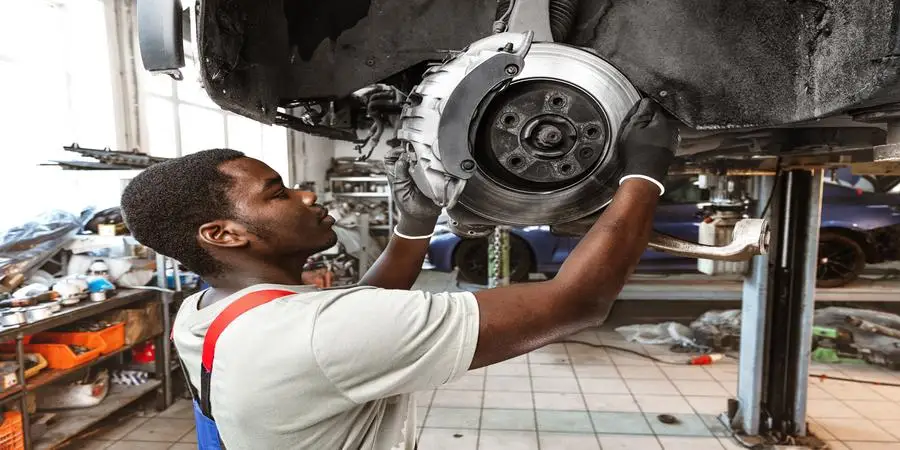Replacement of brake pads is one of the basics one should know in relation to vehicle maintenance. The reality is that if brake pads are not replaced correctly and at the right time, it will have an effect on the safety and performance of the vehicle. For this reason, this article will explain why you need to change brake pads, when brake pads should be changed, the types of brake pads that are available, the cost of replacement and how the job should be done. By the time you are done reading this article, you will know the right way to change brake pads and understand why you should do so.
Table of Contents:
– Recognizing the signs of worn brake pads
– Exploring the types of brake pads
– Understanding the cost of brake pad replacement
– Navigating the brake pad replacement process
– Maintaining your brake pads for longevity
Recognizing the signs of worn brake pads
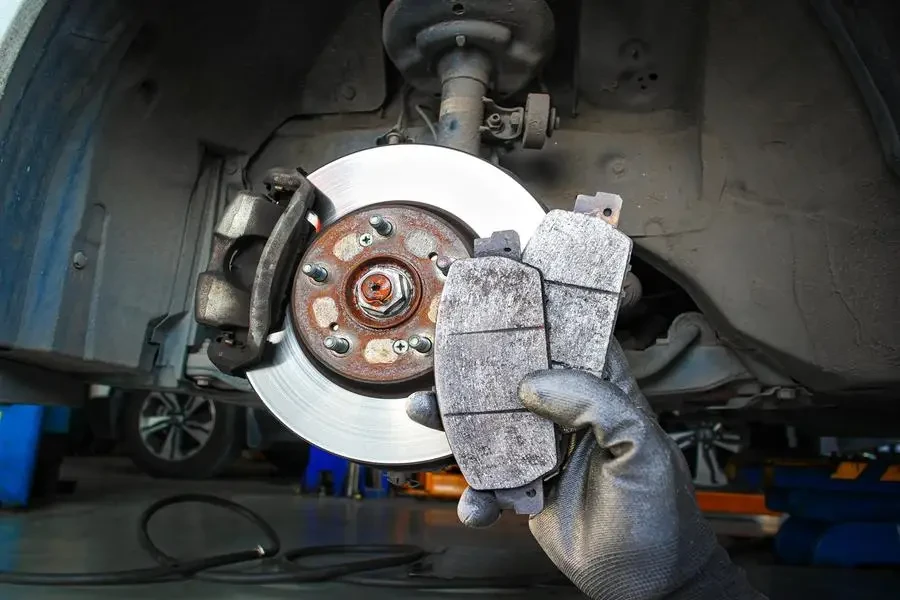
It is part of your job to make sure that brake pads are not worn down too much. Worn-out brake pads reduce the braking effectiveness of your car. The most common indication of brake pads that need to be replaced is a squealing noise when pressing on the brakes. This is usually the result of a tiny metal profile shim that is put inside the brake pads to give you a reference for when it is time to replace them. If you find that it is taking longer to stop than usual or if the brake pedal feels softer or more spongy, then this is another indication of worn brake pads. It is very important to have your brakes checked regularly for signs of wear, because it could lead to potential breakdown and safety hazards.
Exploring the types of brake pads
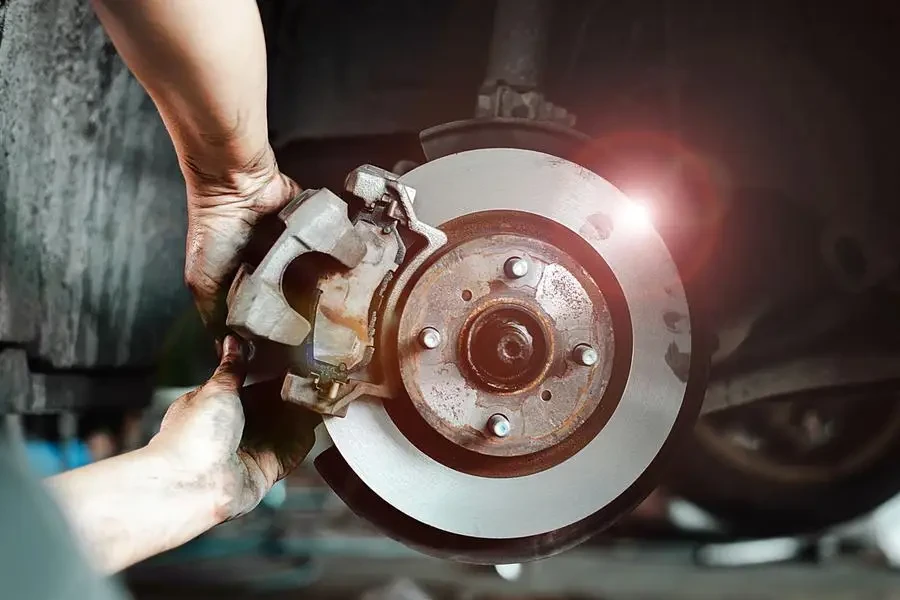
To stop, you need brake pads, and just as you have more than one option for your car’s engine, you also have various choices of brake pads. Each brake pad offers different characteristics and is meant for different driving conditions. Three common types are ceramic, semi-metallic, and organic brake pads. The ceramic is the most common and they can easily be identified by their colour. They are generally quieter and can last longer than the other types. The semi-metallic is a mix of metal and another two materials. They are the second type of the brake pads and are known for their ability to dissipate a lot of heat. If you have intentions of track days, then this is the type you should be looking at. You will also find them in performance cars. The third and final one is called the organic brake pads. They are made from various fibres and fillers. They are the softer brakes, they are generally quieter and they wear quicker than the other types. The type of brake pad you need depends on the demands of your car and how you drive.
Understanding the cost of brake pad replacement
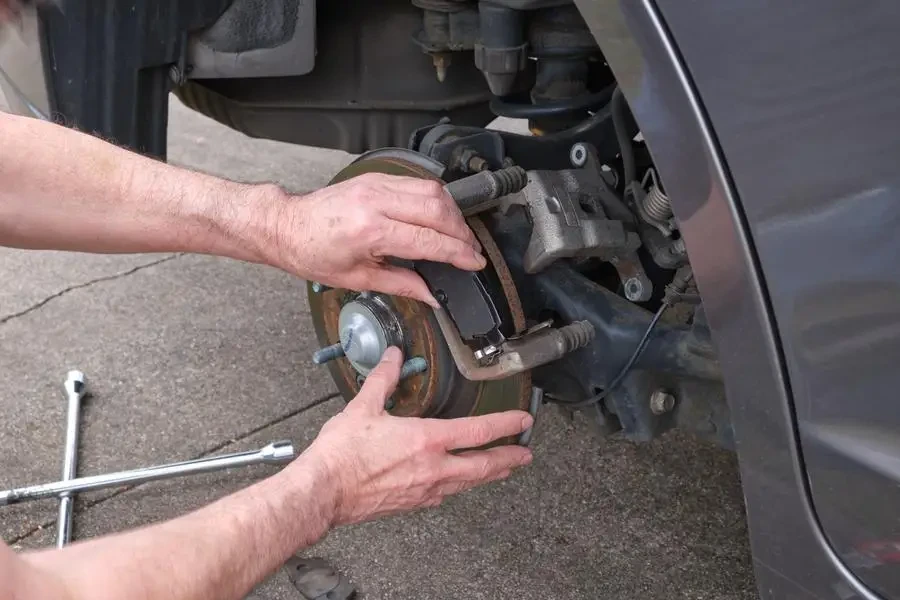
It is difficult to set a price point for brake pad replacements, because this depends on a number of variables including make and model of the vehicle, whether the brake pads are original equipment or custom, and the service shop provider. It is safe to say that brake pad replacements can range anywhere from very inexpensive for lower-end vehicles to expensive for high-end and luxury vehicles. When making a purchase decision for brake pads, the consumer should weigh the value based not only on price, but also on quality and longevity. Buying the bare minimum might save on cost, but purchasing higher-end vehicles can offer better value in the long run because they tend to last longer and perform better, which can save money in the long term. It is best to shop the market for quotes and purchase based on trusted reviews.
Navigating the brake pad replacement process
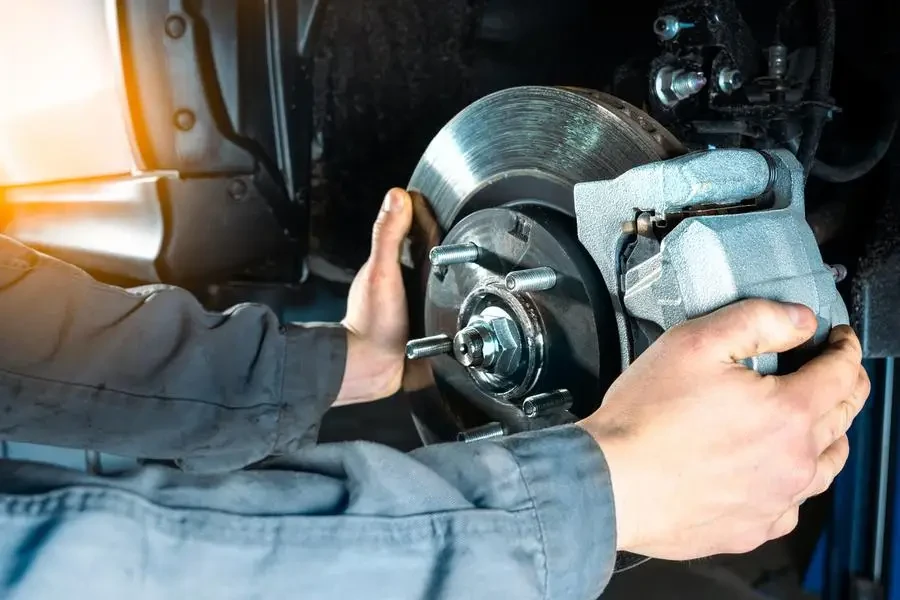
Brake pad replacement is a process that changes slightly from one type of vehicle to another, but the general procedure is a series of steps that ensures that the new brake pads are installed properly and safely. This process usually involves removing the wheel, then the caliper and the old brake pads, preparing the caliper carrier, installing the new pads, then re-assembling the components. While many vehicle owners choose to take their vehicle into the shop for this work, for those with a bit of mechanical knowledge and the correct tools, brake pad replacement is actually a do-it-yourself project. No matter who completes the service, it is a project that requires the highest level of accuracy, as improper installation could affect the vehicle’s safety and performance.
Maintaining your brake pads for longevity
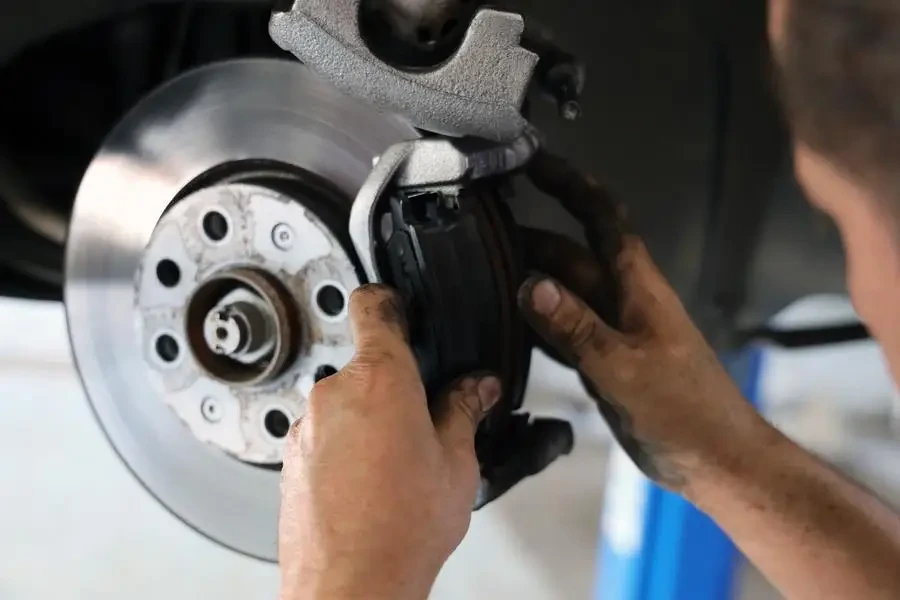
Regular maintenance will help prolong the life of your brake pads and keep your vehicle safe to drive. This includes having them inspected periodically to check for signs of wear and damage to the brake pads as well as rotors and calipers. Avoiding hard braking when possible will also reduce the rate of wear on your brake pads. And making sure your vehicle’s brake fluid stays at the correct level and condition will keep your vehicle’s entire braking system healthy. By following these tips during maintenance, you can maximise the use of your brake pads.
Conclusion
It is an important part of vehicle maintenance which will help to maintain the performance of your car and ensure your safety on the road. Knowing the signs, the different kinds of brake pads, the cost, the steps for replacing them and the maintenance of brake pads will help you maintain your vehicle in good shape. also, it will allow you to enjoy your driving without any hassle.
